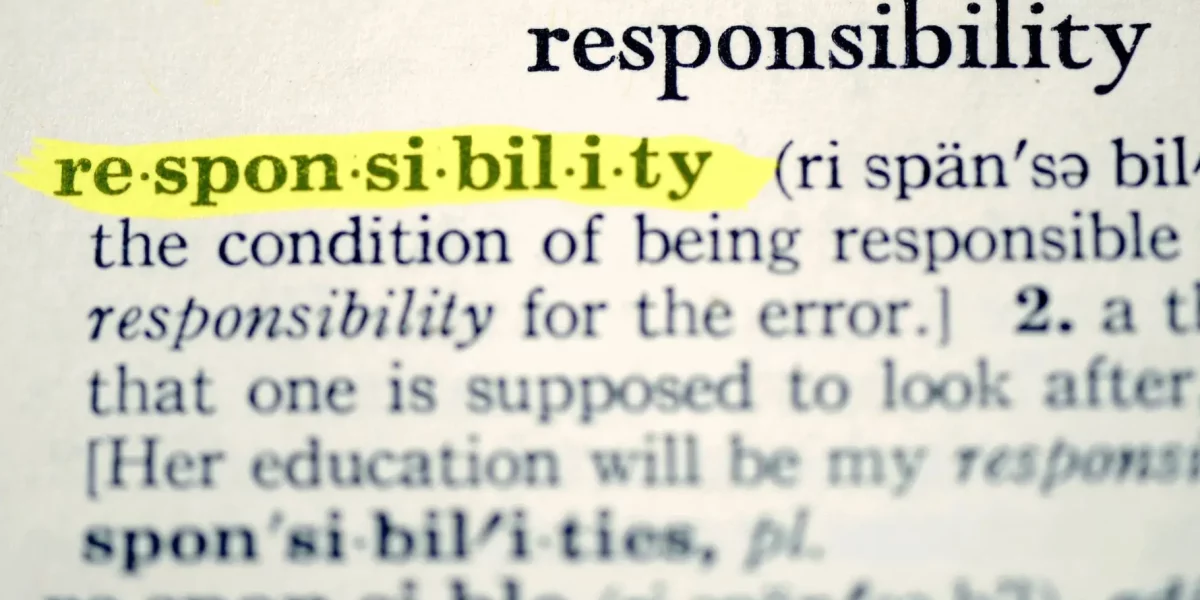I recommend that all business owners and project managers read this article before starting any project.
First of all, let’s look at the participants involved in a project:
1.) The client:
He is responsible for defining the project objectives and requirements and providing the funding for the project.
He promotes the communication of the client’s needs with the development team.
2.) Project manager:
He is responsible for the completion and effectiveness of the project. He manages and coordinates the team as well as sets up tasks. He is responsible for managing resources (human, technical).
3.) Development team:
They comprise developers, programmers, testers, and other technical experts.
They are responsible for the software’s design, development, and testing.
Also, they implement the functions and modules according to the project specifications.
They regularly communicate with the project manager on development progress.
4.) Product owner (client side)
Represents the interests and needs of the customer.
He facilitates the transfer of customer needs to the development team. Importantly, he decides on priorities and releases features, controls the product’s quality, and accepts the results.
5.) UI/UX Designer:
He is responsible for designing the user interface and user experience.
Briefly, he defines the look and feel, layout, and interactions of the application.
He studies user feedback and improves the interface and user experience.
6.) Tester:
Responsible for testing the software and detecting bugs. He creates test procedures to verify functionality, performance, and security. Besides, he corrects bugs and confirms the quality of the software.
7.) Software security specialist:
He is responsible for designing, implementing, and maintaining software security throughout the development project. He identifies and assesses security risks and proposes preventive measures and security policies.
Other staff supporting the project:
Project managers oversee and manage the project (development side).
Database administrators take care of database management.
System administrators provide the necessary infrastructure and maintain the system.
Network specialists are responsible for network configuration and security.
The above is just a general overview of the participants and their responsibilities in a software development project. In specific projects, the actors and their duties may vary depending on the size and nature of the project and the methodology used.
Now let’s look at it from the perspective of what happens when using different types of project management. We will only compare Waterfall and Agile methodologies for now, but there are several different project management approaches.
So, project management methodologies like Waterfall and Agile significantly impact accountability in software development projects. The fundamental differences between the two methodologies are as follows:
Waterfall
In the Waterfall methodology, the project progresses in phases and in a linear progression, where each stage is completed, and the next one follows.
In this methodology, ownership is clear and well-structured, as each stage of the project is well-defined. The project leader is usually the last person with the highest responsibility and is in charge of all phases of the pr. At the same time, team members are usually only responsible for their specific tasks.
The problem with this method is that correcting that mistake can be very time-consuming and costly if something goes wrong at an earlier stage, as the whole project has to be scaled back to that stage.
Agile
The Agile methodology breaks the project into smaller, more manageable parts called “sprints.”
Here, ownership is more decentralized and flexible. Team members generally have more responsibility for managing their own work and more opportunities for feedback and iteration.
The scrum masters or product owners have the ultimate responsibility for the project’s success, but all team members should take an active role in the project’s success. The advantage of the Agile method is that bugs and problems can be quickly identified and corrected as the project is continually reviewed and iterated.
In both cases, ownership is key to the project’s success, but how this responsibility is managed and shared depends mainly on the chosen method.
Overall, taking responsibility for the success of a project depends not only on who takes on what role in a project but also on the type of project management methodology you choose.
WITH 25 YEARS OF EXPERIENCE, OUR TEAM CAN HELP YOU DEFINE THE EXACT RESPONSIBILITIES.
Avoid surprises!
András Biró – CEO | DevZone
hireus@devzone.codes
We don’t have clients – we have partners

